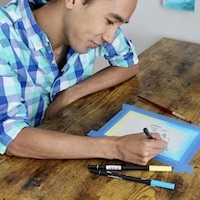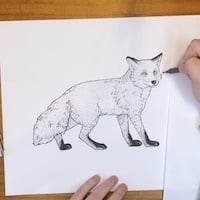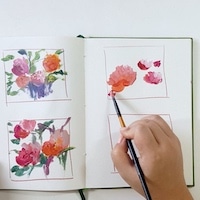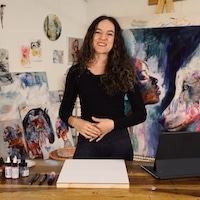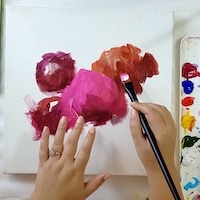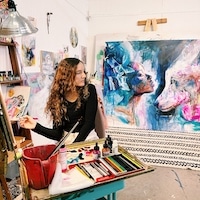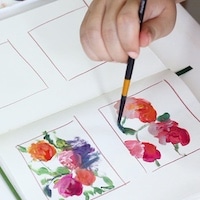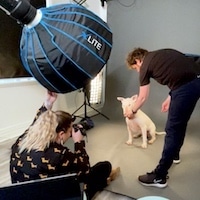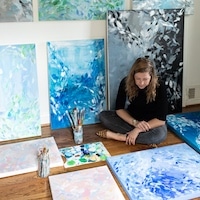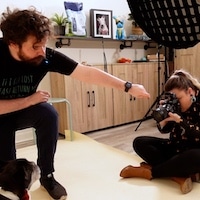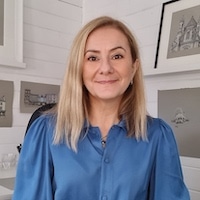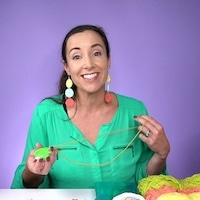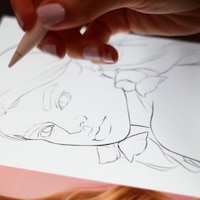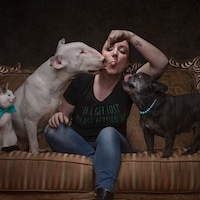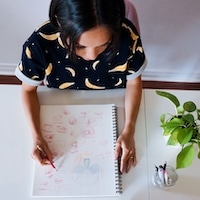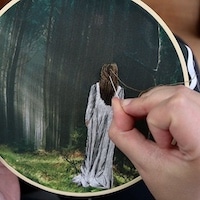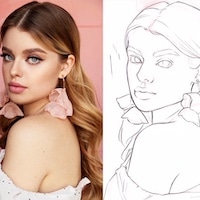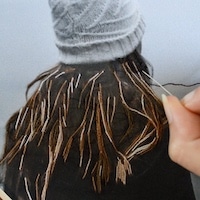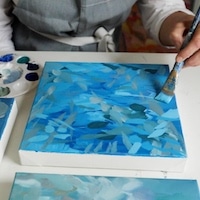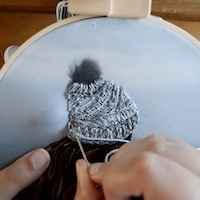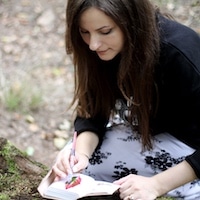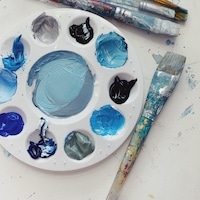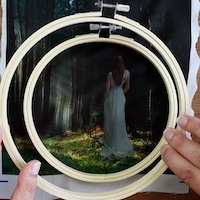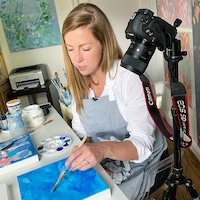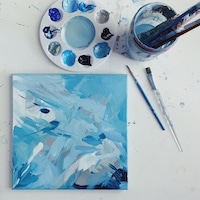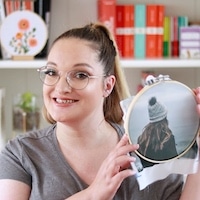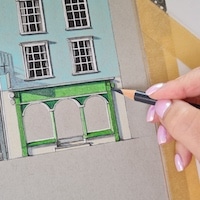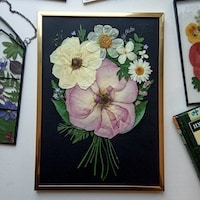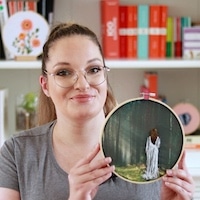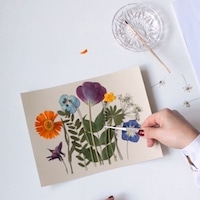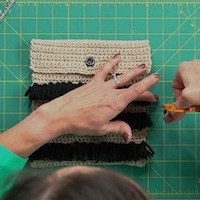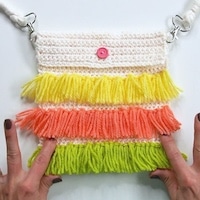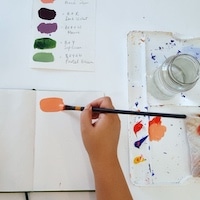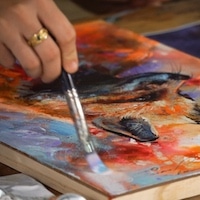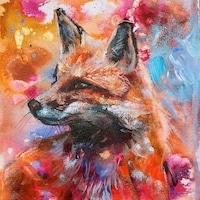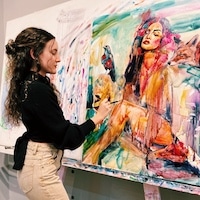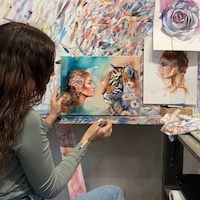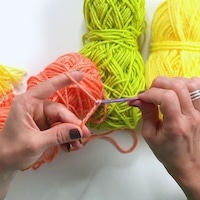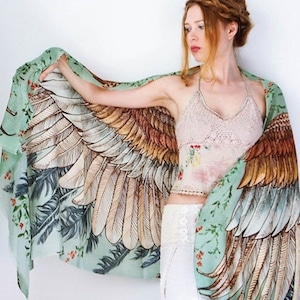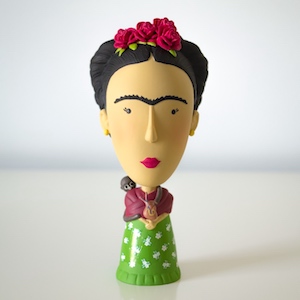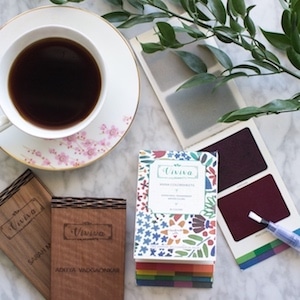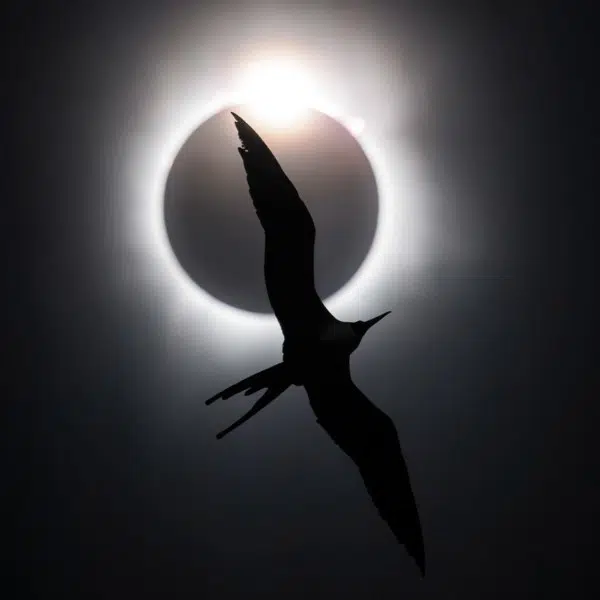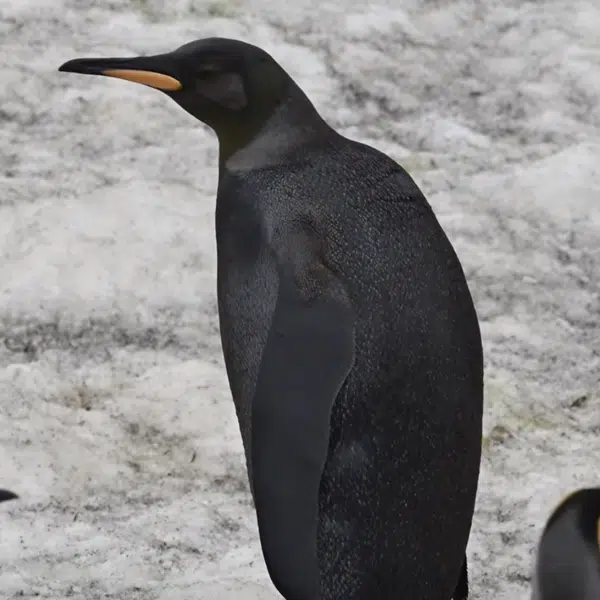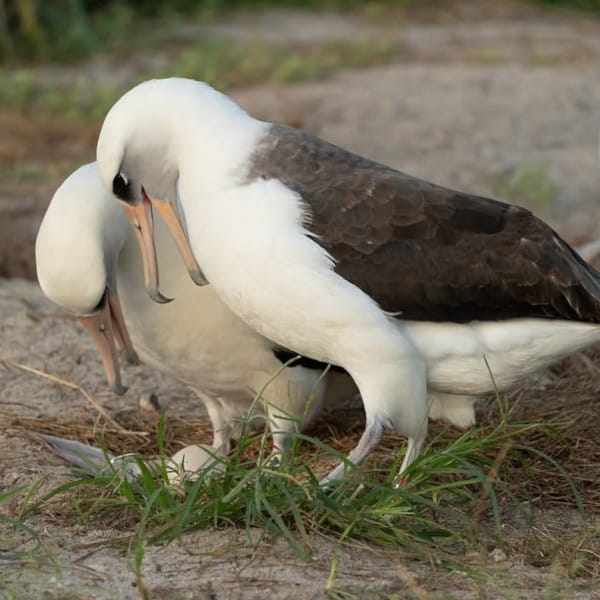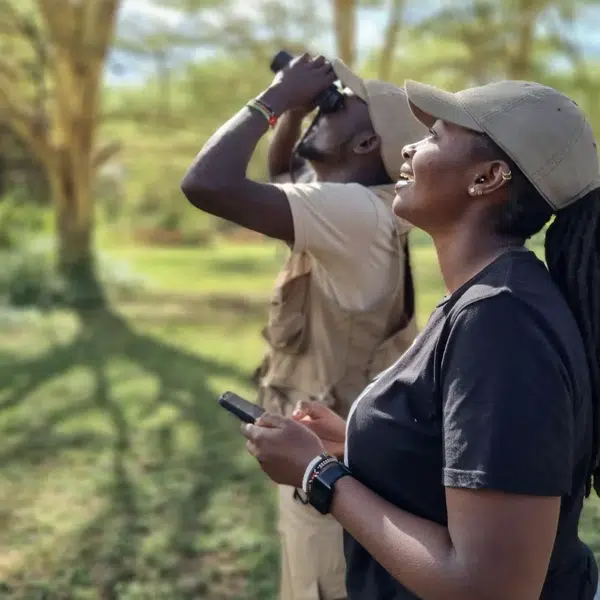View this post on Instagram
At first glance, the sight of a person in a bird mask feeding baby ravens might seem like a strange joke. In reality, it’s a thoughtful rehabilitation method. At Congress of the Birds in Rhode Island, the staff wears these masks when feeding orphaned wild birds to prevent them from imprinting on humans. By disguising their faces, caregivers ensure the young birds don’t learn to associate people with food and safety, which is crucial in giving them the best chance to survive independently once they return to the wild.
In a recent, now-viral video, Congress of the Birds revealed footage of them feeding four young ravens in their care. The staff at the rehabilitation center have been caring for the birds ever since they were just a few days old. “For the past five months, we’ve been dedicated to their care—feeding them every 15 minutes in the early weeks, tracking their weights and developmental milestones, and gradually watching them learn to walk, hop, perch, self-feed, and finally, fly,” the team shares on Instagram. “From day one, we’ve carefully minimized human interaction—masking up and limiting contact to ensure they stayed wild. Today, these young ravens are wary of humans, just as they should be.”
Congress of the Birds’ hard work has been paying off, and the ravens are almost ready to be returned to the wild. “The soft release process began last week, and so far they’ve been coming and going from their large flight enclosure as they explore the world beyond,” the staff reveals. “We expect they may stay close for a few more weeks—and perhaps (hopefully!) even settle nearby on our land or in the hundreds of acres of surrounding protected habitat.”
This isn’t the first time Congress of the Birds has used this odd-but-effective masking technique. In the past, staff even donned a giant owl mask to feed a group of owlets. “It is extremely important that our young raptor patients do not become imprinted on people—and the only way we can prevent this is by masking our faces and staying completely silent while feeding them,” they explain. “This ensures the owlets don’t associate food and care with humans, which is critical for their successful release back into the wild. We even use lifelike raptor puppets to mimic the appearance and behavior of adult owls, helping the babies develop natural instincts without ever bonding to people.”
It’s unclear whether the birds can distinguish between different species of masks, but it’s certainly a thoughtful effort by the staff to make feeding time as natural as possible.
Check out the viral video above and find out more about their fascinating work by following Congress of the Birds on Instagram.
Congress of the Birds is a nonprofit in Rhode Island that is dedicated to the rehabilitation of all species of wild birds.
@congress.of.the.birds Y’all have been asking! How do we feed our baby owl and raptor patients? Masked, of course! Young raptors are prone to imprinting onto people, so we prevent that by always wearing species specific masks around them when feeding. While it might not be ‘realistic’, they at least do not imprint on human faces or become accustomed to us. Only a few more weeks until these guys are released back into the wild. Thanks for helping us help wildlife!!! #wildliferehabilitation #congressofthebirds #wildliferehabber #birdsoftiktok #birdtok #rescuerehabrelease #wildliferehab #birdsofprey #animalencounter #owl #owltok #owlsoftiktok #greathornedowl #bubovirginianus #mask #halloween #halloweencostume ♬ Nocturne (Chopin) calm piano solo – もつ
To make sure the birds they care for don’t imprint on humans and that they are able to reenter the wild, the staff wears bird masks.
@congress.of.the.birds In rehabilitation settings, it is extremely important that our young raptor patients do not become imprinted on people—and the only way we can prevent this is by masking our faces and staying completely silent while feeding them. This ensures the owlets don’t associate food and care with humans, which is critical for their successful release back into the wild. We even use lifelike raptor puppets to mimic the appearance and behavior of adult owls, helping the babies develop natural instincts without ever bonding to people. Right now, we’re caring for four great horned owl nestlings in the clinic, each requiring a specialized diet of whole prey several times a day. That adds up quickly! If you’d like to support their journey back to the wild, donations toward their food and care are always appreciated. Fun fact: Great horned owls are one of the first birds to nest each year in North America—sometimes laying eggs in the dead of winter, even with snow on the ground! #WildlifeRehab #GreatHornedOwl #RaptorRehab #BirdsofPrey #WildlifeRescue #OwlConservation #RehabLife #NotAPet #KeepWildlifeWild #OwlRehab #BabyOwls #ImprintPrevention #WildlifeSupport #AnimalCare #RaptorLove #RehabToRelease #SilentCare #WildlifeEducation #RescueRehabRelease #SupportWildlife #congressofthebirds #wildliferehabilitation #wildliferehab #wildliferehabber #birdsoftiktok #wildlife #rescuerehabrelease #animalencounter #congressofthebirds #owlsoftiktok #owltok ♬ Welp, Didn't Expect That – Yu-Peng Chen & HOYO-MiX
Congress of the Birds: Website | Instagram | TikTok
Source: Our Common Raven’s have fledged the nest!
Related Articles:
Smart Raven Figures Out How To Use a Stick as a Tool To Retrieve Food Trapped in a Tube
White-Necked Raven Can Accurately Mimic Human Voices
UK Zoo Welcomes Three Blue-Eyed Ground Doves, One of the Rarest Birds on Earth
Creative Hummingbird Feeding Mask Allows You To Observe Birds From Up-Close





